Portico Library and Gallery
A 19th-century time capsule of travel, fiction, and historic texts still available to the public.
The neoclassical gem that is Manchester’s Portico Library collection began simply enough. Surgeon Michael Ward and his friend Robert Robinson were chatting one day around the year 1796 and felt inspired to solve the city’s lack of just such an institution. What resulted from their conversation became the present-day library and gallery, open since 1806, which continues to house their original 19th-century texts.
Though renowned primarily for its wide selection of travel literature, biographies, and historical texts from this period, what helps distinguish the Portico from its peer institutions is the unusually fine selection of fiction, including a number of first editions. Alongside Dickens, Bulwer Lytton, Wilkie Collins and Elizabeth Gaskell stand many lesser-known authors who continue to emerge today as important subjects of study.
Housed in a building designed by Thomas Harrison, the architect renowned for his use of the classical revival style on the Liverpool Lyceum, the Portico’s nearly 25,000 tomes provide a fascinating glimpse into the mindset of the city of Manchester as it entered and transformed throughout England’s industrial age. The building gets its name from the four ionic columns located at the former Mosley Street entrance.
The rarest of these books reside within a luxe reading room fit for the era from which it hails. Sadly (but for the super reasonable sake of historic preservation), this tiny, sit-able time capsule is reserved for library members only, though the rest of the library’s collection is freely accessed to all curious parties during open hours of operation.
There are several other interesting features of note inside the library. The first being that the floor is a false one, the original design was for a two-story building. The railings that encircle the room were once barriers to an observation deck. Photos of how the building once looked are located on the windowsill to the right. Opposite the check-in desk, and a companion to the overhead clock, is a barometer that measures air currents.
On the eastern wall is a portrait of William Shakespeare, and facing him on the opposite side is one of John Milton. The library itself is one of the few surviving buildings that were around during the Peterloo Massacre. A riot that took place in nearby Peter’s Field, now St. Peter’s Square in 1819.
Know Before You Go
Above a pub called The Bank. Entrance via the buzzer-controlled side door around the corner on Charlotte Street, to the right of the classical columns. The library is open to the public Monday through Saturday, closed on Sundays. Check the website for hours of operation, as there is often special events that may preclude entry.


































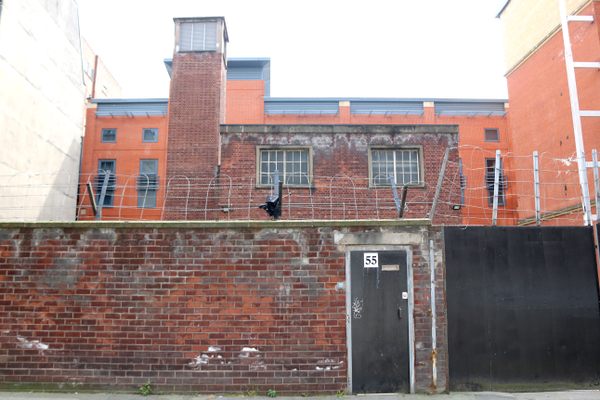
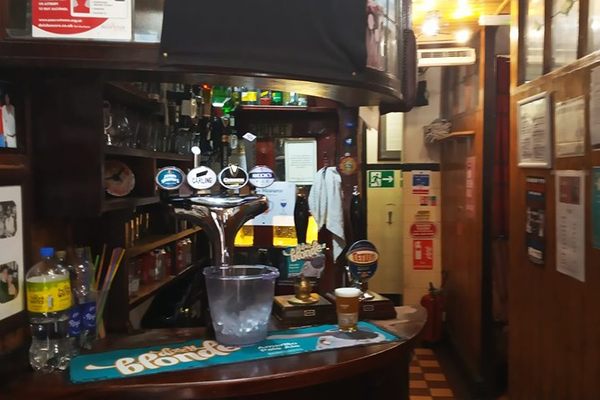
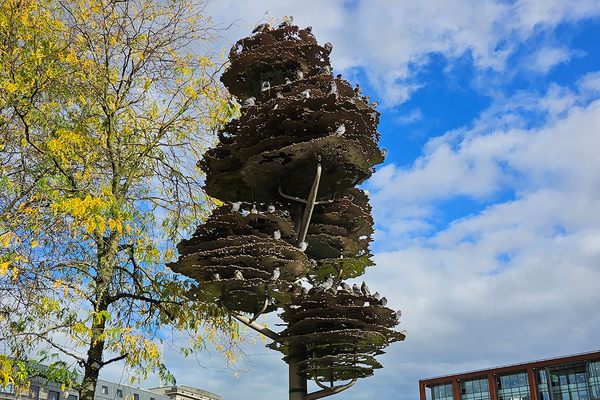
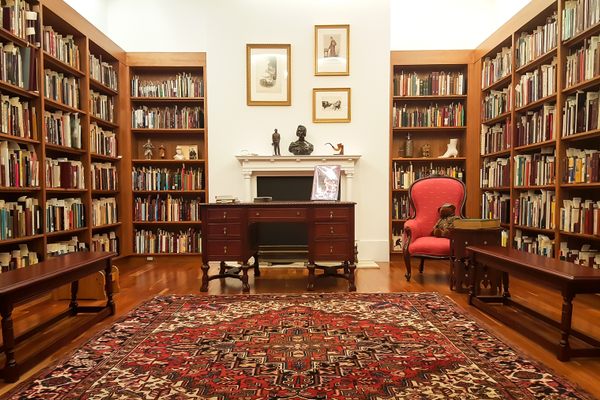
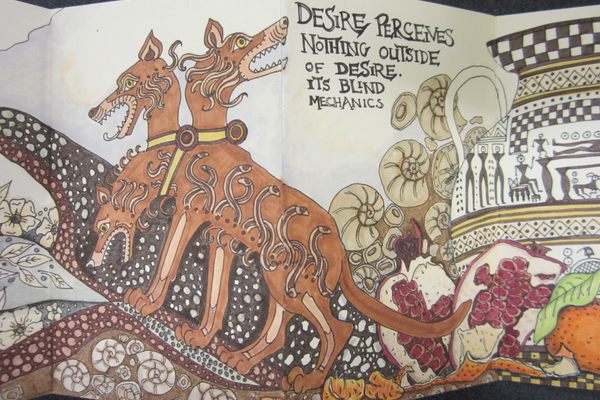



Follow us on Twitter to get the latest on the world's hidden wonders.
Like us on Facebook to get the latest on the world's hidden wonders.
Follow us on Twitter Like us on Facebook